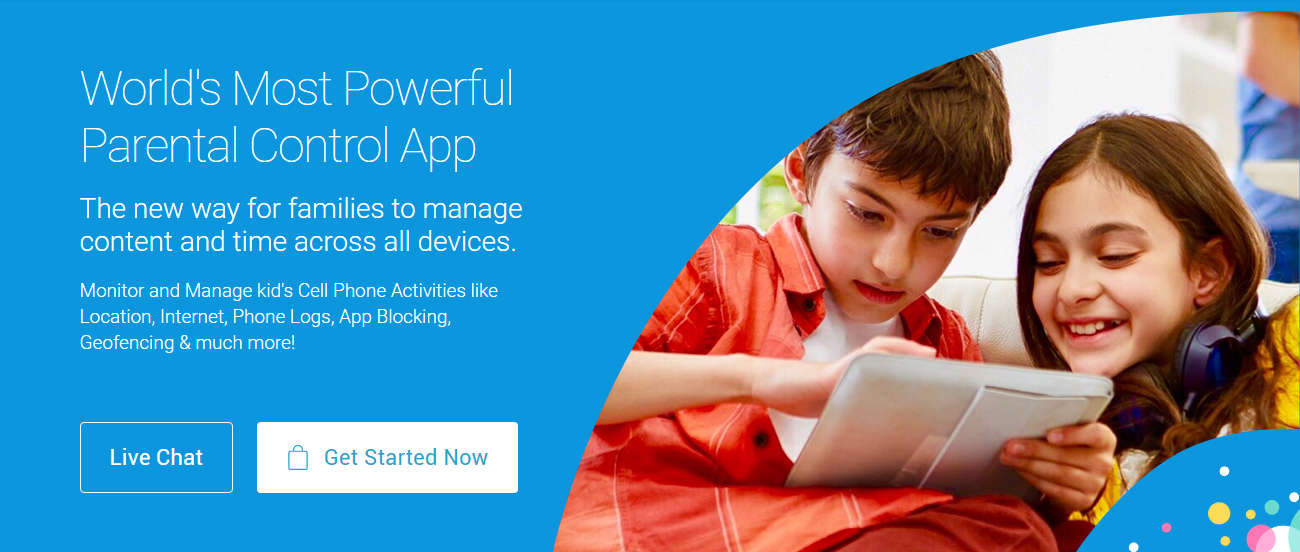[dropcap]O[/dropcap]ne in two young people thinks that exposure to screens has no impact on their overall health, according to a study conducted by the BVA Foundation. But hyperconnectivity is a real thing. It has been found to have significant consequences on sleep, diet, physical activity, stress and vision.
1. Hyperconnection interferes with the quality of sleep
The screens (smartphones, tablets, and laptop) are slipping more and more into our beds just before bedtime. A practice that can affect the quality and quantity of sleep. Indeed, to enjoy a restful sleep, it must be preceded by a rest phase such as reading. However, exposure to screens oversubscribes the brain. ”If you go from a situation of visual and sound stimulation to an attempt to fall asleep, there is necessarily a disruption of sleep,” says Dr. Wolff.
Overexposure to the screens before bedtime is even more dangerous in children and adolescents because it “hinders the production of growth hormone HGH and could therefore slow growth, “warns our expert. Bringing the screens into the bed can also delay bedtime. The multiplication of social networks and videos circulating there increases the time spent on screens.
2. Hyperconnection promotes obesity and cardiovascular disease
The increased use of smartphones has changed our eating habits. Eating while watching a screen or playing a game has the effect of stimulating the brain and delaying the feeling of satiety. This increases the amount of food ingested. Also, smartphone addicts tend to turn to easy-to-eat meals with their hands to free one dedicated to the mobile phone. These are often fast food meals or sandwiches. ”All factors that promote obesity!” Alarmed Dr. Wolff. Finally, hyperconnection would be indirectly bad for our heart: “studies have shown, the friendliness of meals taken as a family is a factor in reducing cardiovascular risk.”
3. Hyperconnection promotes a sedentary lifestyle
The time spent on the screens is less time spent moving and playing sports. The most affected are children and adolescents. ”The unreasonable practice of screens significantly diminishes the part formerly reserved for physical activity “, worries our general practitioner. As a result, children and adolescents are becoming more sedentary. ”A study showed that in 1975, a 12-year-old child took 4 minutes to run 1 km, and today, children of the same age take a minute longer to run the same distance .” An alarming finding when one knows that the regular practice of a physical activity decreases the risk of obesity and cardiovascular diseases.
The hyperconnection of children also lowers their level of concentration and creativity. ”Children are not bored anymore, but these moments of doing nothing are beneficial for their imagination and the development of their creativity.”
4. Hyperconnection is a source of stress
The almost uninterrupted receipt of notifications from email, social networks, and other applications creates stress. Wanting to respond quickly or interact in the minute on a social network, we increase our level of stress. The best is to disable these notifications to not be tempted to watch his phone without stopping.
5. Hyperconnection is bad for the eyes
The blue light emitted by the screens is dangerous for our vision if we expose ourselves to it excessively. Several studies have shown that prolonged exposure to blue light, also known as artificial HEV light causes damage to the retina and lens and is a risk factor for age-related macular degeneration (AMD). She is also suspected of promoting early cataract.
In children, the development of functional myopia related to overexposure to screens is worrying: 40% of 16-24 year olds suffer from functional myopia, according to an Opinion Way survey for the National Association for the Improvement of Vision (Asnav). They have trouble seeing from a distance when they stop watching their screen.

How to reduce the time spent on screens?
Dr. Wolff insists on the need to do prevention work with children and adolescents. ”Health professionals such as treating physicians or school nurses have a role to play in educating parents and children about the harms of hyperconnection and encouraging them to reduce screen time while regulating the uses and limitation of screens at home “. One good way of limiting kids’ connectivity time is using the parental monitoring app for Android such as FamilyTime.
The app helps parents to monitor and regulate their kids’ screen time. With the app parents can see the kids’ call records, their communication history, the web behaviour, app preferences, their locations and more. With that, parents can also block questionable apps; put internet filters to keep kids away from inappropriate content, Watchlist shady contacts, Geo-fence place, limit screen time, schedule auto screen locks and much more. The app does offer a free trial, so users can see its performance before making the purchase. If you wish to check out this app too, visit your app store and get the trial version from there.







